In Between Space and Cosmos
From religion to science fiction, the trajectory of Russian cosmology
Olesya Turkina and Victor Mazin
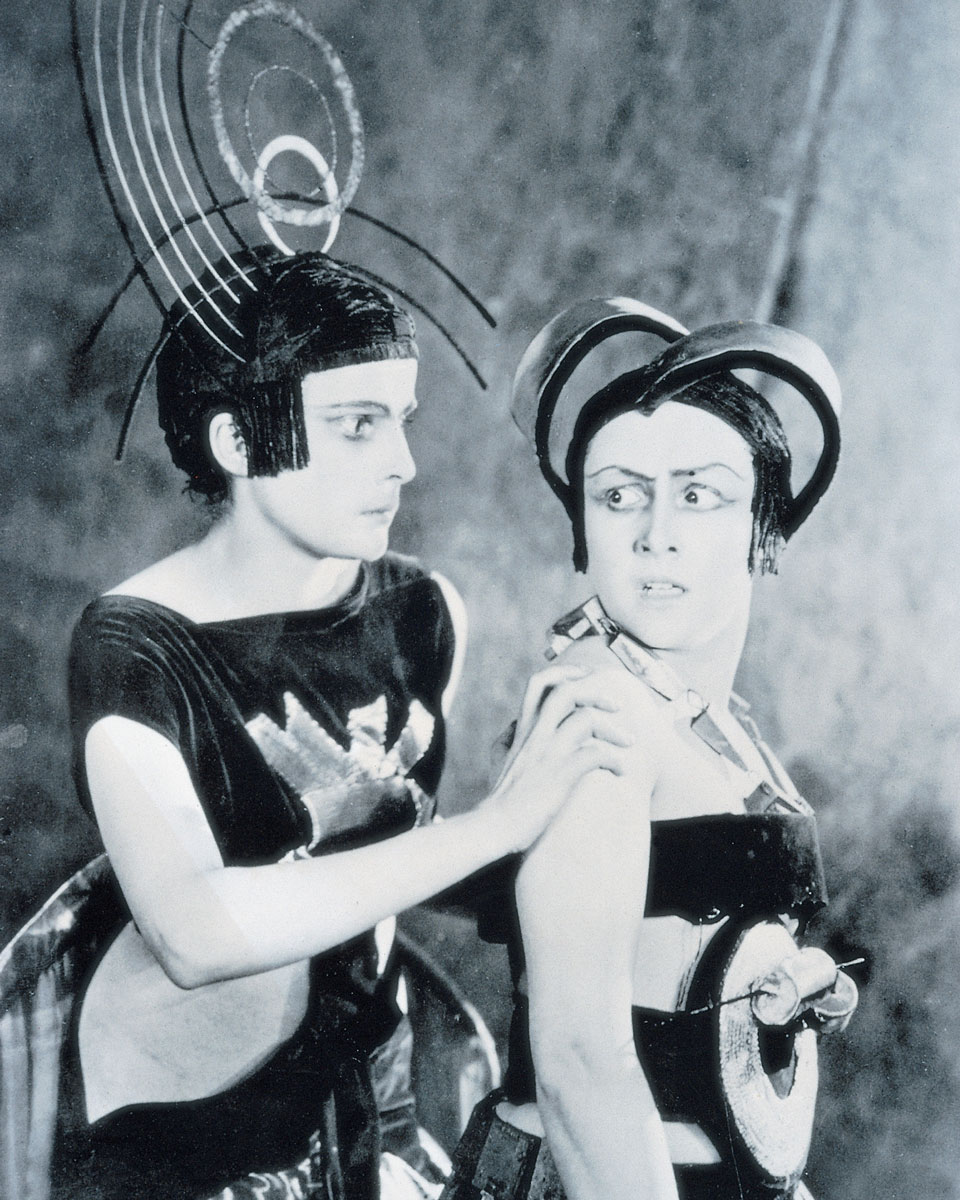
We belong to a generation of Soviets who identified with the ideal of “cosmos.” Every kid dreamed of being a cosmonaut. The cosmonautical industry provided indisputable evidence of at least one advantage of the Soviet system in the Cold War. The Russian cosmos program was at least no worse than the American space program.
The objectives of and participants in these programs are not the same. There are differences between “outer space” and “cosmos,” astronaut and cosmonaut, space suit and skafandr. Cosmos is enclosed, all-encompassing, while space is endless and open. The cosmonaut travels in a harmonious and humanized sphere, while the astronaut travels to the distant stars. While astronauts put on a costume for going into open space, the cosmonaut dons a skafandr, i.e. the very same outfit used by divers for going under water. Greek cosmocentrism, resurrected by the Russian cosmists in the beginning of the 20th century, is consolidated in the centripetal nature of the Soviet desire to master the cosmos.
Three discourses are combined in the Russian space Odyssey: religious, scientific, and science-fictional. The religious source of the desire to master the cosmos is most evident in the ideas of Nikolai Fyodorov (1828–1903), a forefather of the cosmonauts and the father of Russian cosmism. In the posthumously published Philosophy of the Common Deal, Fyodorov, a.k.a. Moscow’s Socrates, first proposed a project in which he fantasized about the resurrection of all dead fathers by means of science. The idea of space exploration arose directly from this project: since there is not enough room on Earth for all the resurrected fathers, other planets might provide new locations for resettling them. Fyodorov, who spent most of his ascetic life working as a librarian, also dreamed of the creation of a museum where all the human sciences and arts could be combined to realize the project of resurrection and cosmic resettlement.
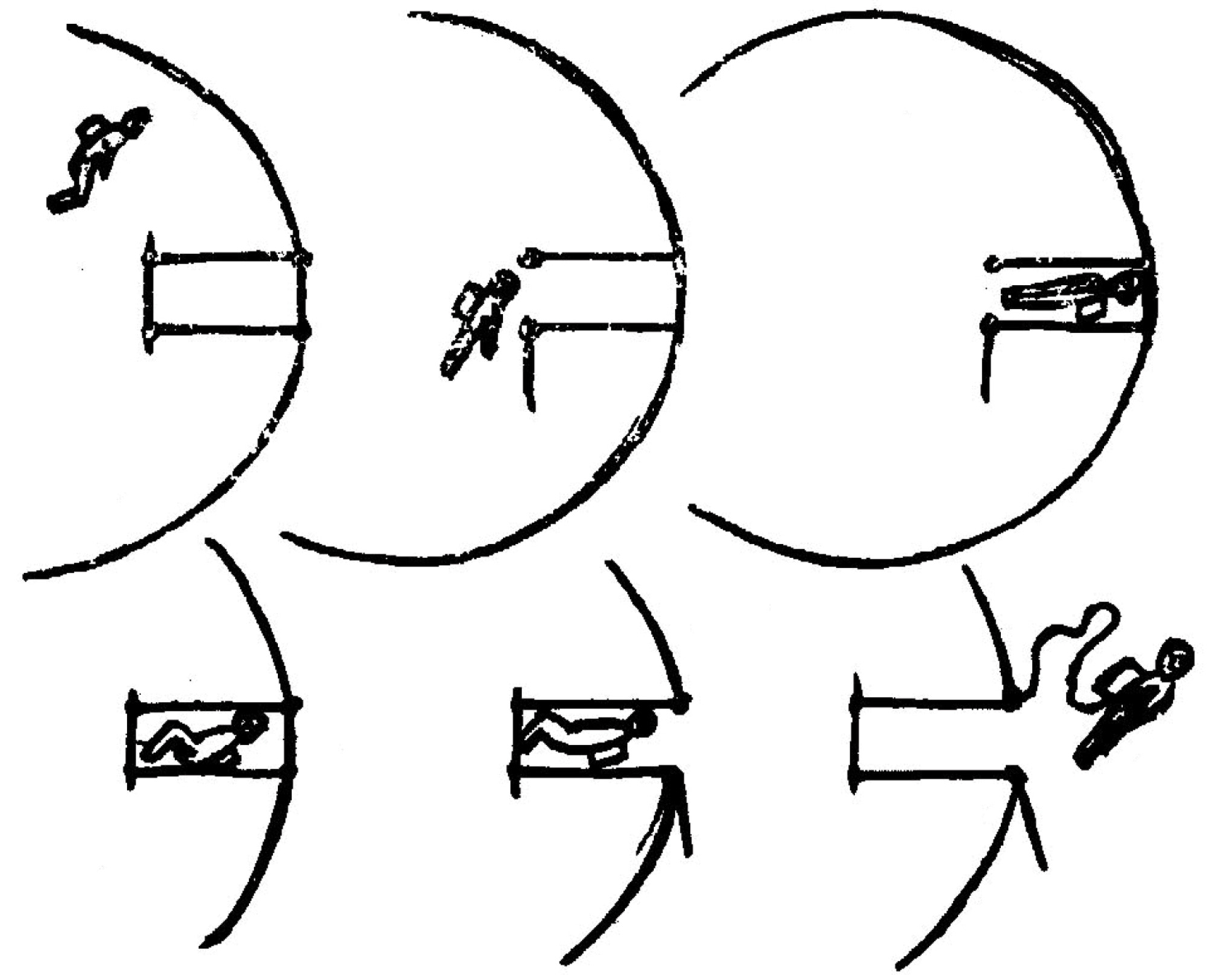
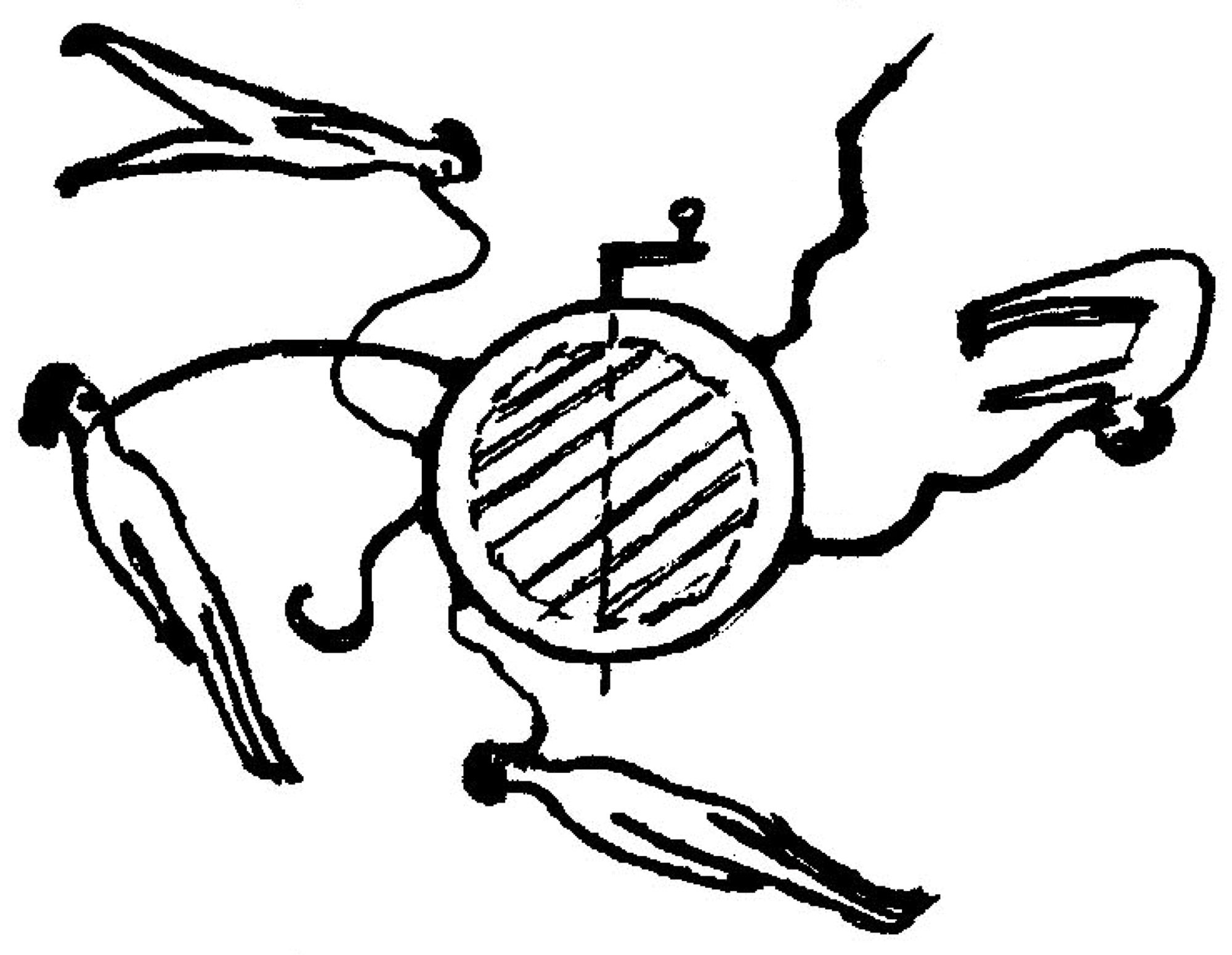
The scientific source behind the drive to master the Cosmos is connected with the religious one. The father of cosmic travel, Konstantin Eduardovich Tsiolkovsky (also known as K.E.T.), was a follower of Fyodorov. In 1903, Tsiolkovsky wrote a prescient book on the future of interplanetary travel, The Exploration of Global Spaces by Jet-Propelled Vehicles. Tsiolkovsky developed a cosmic philosophy based on the idea that each atom is an immortal, animate being shuttling from one organism to another in the universe. Tsiolokovsky, like Fyodorov, imagined humans settling throughout the solar system as well as the biochemical metamorphosis of humans into animal-plants directly using solar energy.
The third inspiration behind the Soviet approach to cosmic exploration was science fiction. Soviet science fiction of the 1920s and 1930s was, as a whole, based on Tsiolkovsky’s ideas about the possibility of interplanetary travel by means of a special type of rocket capable of overcoming the earth’s gravity. In his Aelita (1922), Alexei Tolstoy linked Tsiolkovsky’s ideas with those of engineer and designer Friedrich Zander on how to travel to Mars. Tolstoy’s novel unfolds in 1920s Petrograd, where a laboratory had in fact been established for the development and testing of the first jet motors. Zander, who worked in the laboratory, was so convinced that there would soon be flights to the red planet that he adopted “Towards Mars!” as his personal slogan. Tolstoy describes Tsiolkovsky’s jet engine, invented in Aelita by an engineer named Los. This vehicle resembled a metallic egg “at least eight-and-a-half meters high and six meters in diameter.”
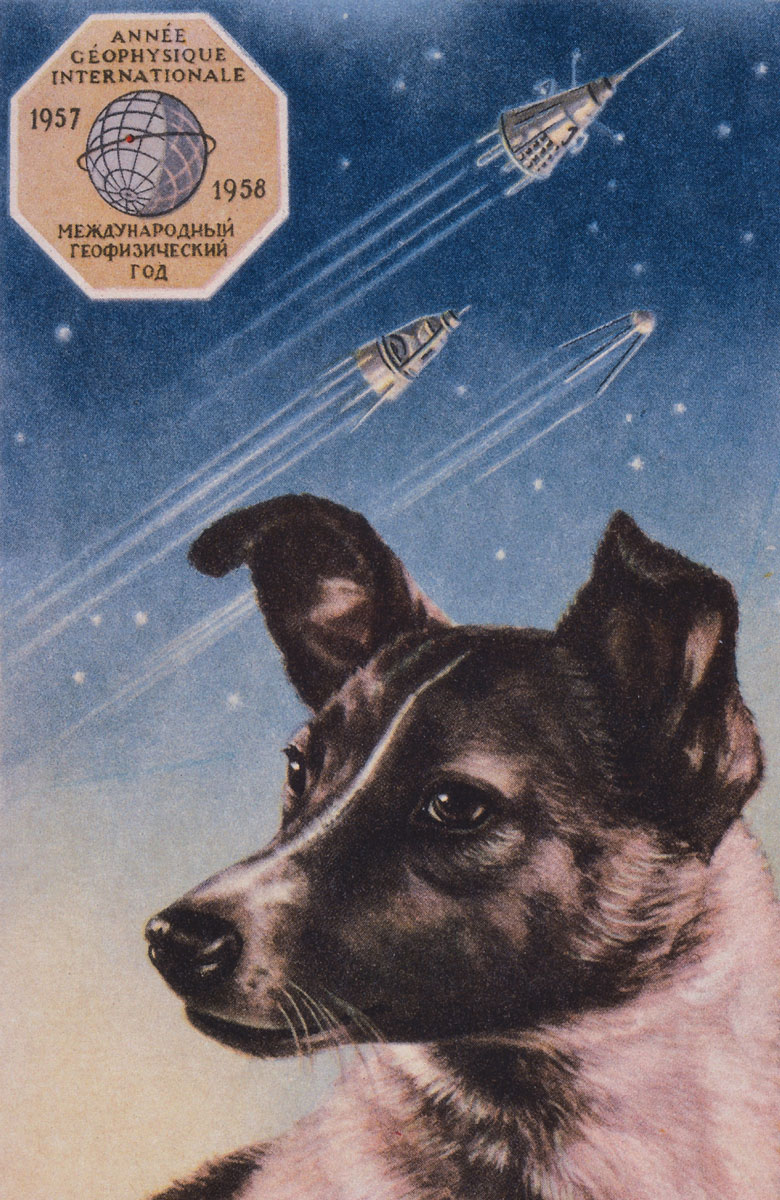
In the middle, around its circumference, went a steel belt, bending downward toward the surface of the vehicle like an umbrella—this was the parachute brake, which increased the vehicle’s resistance when it fell into the atmosphere. Three round doors were positioned under the parachute— the entrance hatches. The lower part of the egg ended in a narrow neck. It was encircled by a double round spiral of massive steel, turning in opposite directions—this was the buffer, which softened the impact when it landed on the earth. The vehicle was constructed of resilient and refractory steel, inside it was well-reinforced by ribs and light girders. This was the external case. A second casing was placed within it, made of six layers of rubber, thick felt, and leather. Inside this second leather-quilted wall was the observation and movement machinery, the oxygen vessels, the boxes for absorbing carbon dioxide, cushions for the instruments and provisions. For observation, special “eyes” were installed which extended beyond the external casing, in the form of a short metallic pipe, equipped with prismatic lenses. The movement mechanism was placed in the neck, twisted in a spiral. The neck was cast from metal, of a hardness exceeding astronomical bronze. Vertical channels were bored in the thick section of the neck. Each of them widened upward into a so-called explosive chamber that contained a spark plug from the main magnet and a fuel pipe. In the same way that petrol enters the cylinders of a motor, so the explosive chambers were fueled by ultraliddite of the finest powder, an explosive substance of extraordinary power, found in the laboratory of the X. factory in Petrograd. … Such, in general terms, was the principle of the propelling mechanism: this was a rocket.
Some ten years later, when tests of rocket mechanisms were in full swing, the idea of adapting man to outer space was developed in Alexander Belyaev’s famous novels, such as Leap into Nothing (1935). From that point forward, Soviet cosmonautics emphasized man’s survival in the cosmos, a field of study based on the idea of bringing the cosmos to earth and developing world revolutions. Belyaev dedicated his novel to Tsiolkovsky, who in 1935 wrote of it: “Of all the stories that I know about which deal with the subject of interplanetary travel, Belyaev’s novel seems to me to be the most informative and scientific. Of course it is possible that there might be something better, but so far there is nothing.”
Star KET, an enormous artificial earth satellite created for working in the cosmos and launching rockets, was described by Alexander Belyaev in the novel of the same name and can be considered a prototype of the space station. “Our star KET flies toward the east,” wrote Belyaev, “and completes a full circuit around the earth in 100 minutes. A day of sunshine for us lasts a total of 67 minutes, and a night 33.” The satellite-factory is a slowly revolving sphere with a diameter of about two kilometers; the force of gravity there is equal to one hundredth of the Earth’s, allowing the most complicated operations. Other little artificial “planets” gradually grow around Star KET. On this proto-space station, everything is unfamiliar to earthlings, introducing them to another rhythm of life and a renewed sense of themselves in the cosmos, as well as life back on earth.
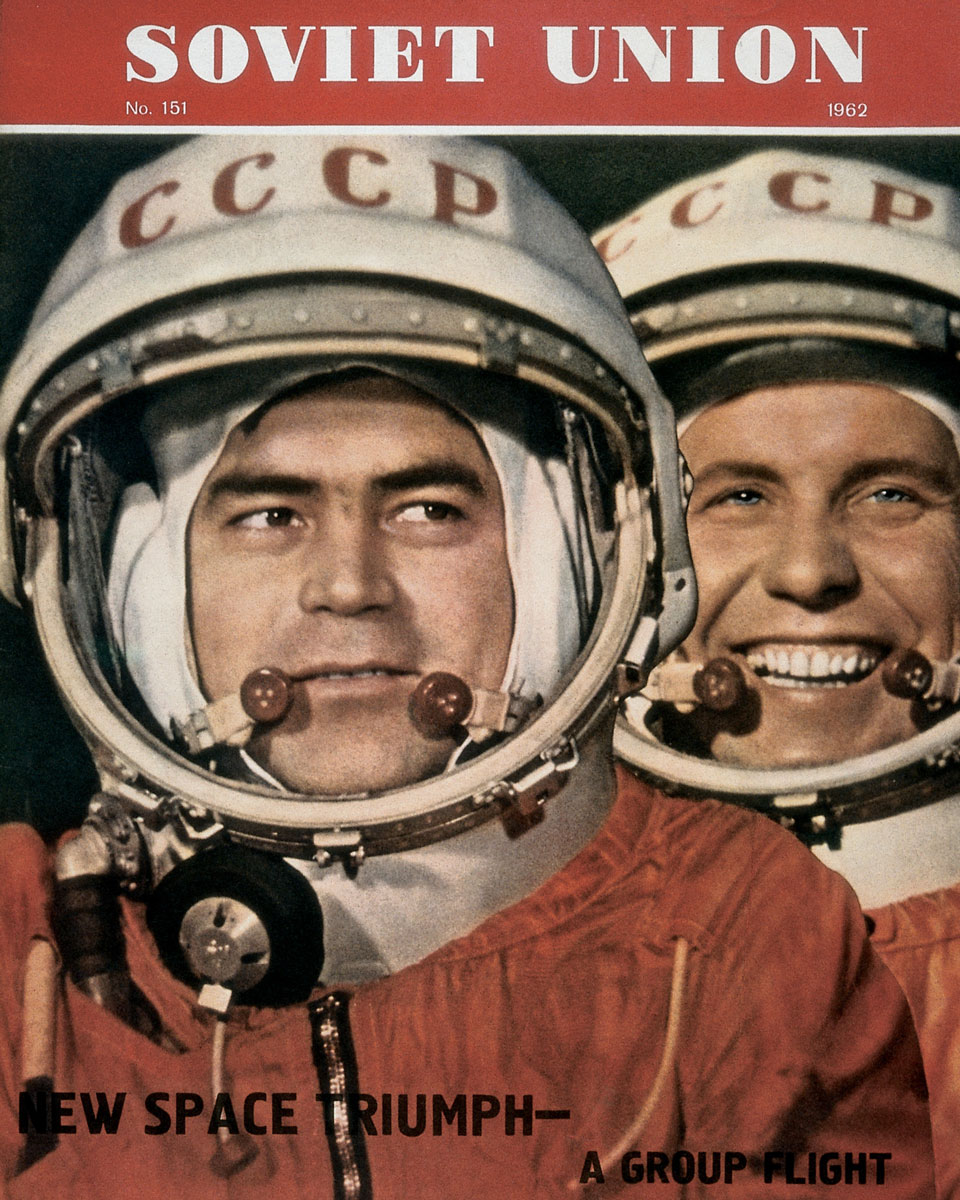
The three phases of Soviet cosmic exploration correspond to the three phases of cosmic identification in the USSR. The first phase began in the 1920s and lasted until the launch of the first artificial satellite. Soviet Russia was perceived as the birthplace of cosmic travel and Tsiolkovsky as its father. The origins of these technological developments were to be found in the ideas of Tsiolkovsky and Foydorov; their primary ambition was to settle humans on the other planets.
The second phase of cosmic identification began with the launch of Sputnik I in 1957. In equipping the sputnik and calculating its orbit, chief designer Sergei Korolev took into account the “international coefficient” of the effect of launching it. The sputnik was designed in such a way that its transmitters’ signals could be picked up by radio amateurs all around the world and be visible to the unaided eye. The satellite’s radio transmitter worked for two weeks, during which the first artificial extraterrestrial body sent signals from outer space that were distributed by all the world’s loudspeakers.
The first sputnik struck terror in the West. “A colossal panic was underway,” wrote Tom Wolfe in The Right Stuff, “with congressmen and newspapermen leading a huge pack that was baying at the sky where the hundred-pound Soviet satellite kept beeping around the world. … Sputnik I took on a magical dimension. … It gave birth to a modern, techno logical astrology. Nothing less than control of the heavens was at stake. It was Armageddon, the final and decisive battle of the forces of good and evil. Lyndon Johnson, who was the Senate majority leader, said that whoever controlled ‘the high ground’ of space would control the world.”
The third phase of Soviet cosmic identification is associated with space flights of long duration, the creation of a space home—the space station Mir—and the shaping of the myth of the superhuman. This process started at the end of the 1970s, as the Russians were beginning to lose ground in the Cold War and in the space race. Soviet technology began to lag behind, and human endurance emerged as a priority in the cosmic programs. If for Americans, spatial conquest was more important—new territories, new planets—for Russians, the length of time spent in space was now paramount. These new conditions created the potential for novel forms of mutation. It was possible to create a Superman, who was not only ideologically but also physiologically and even psychologically better adapted to the future. Tsiolkovsky’s idea of “animal-plants” had been transformed into the idea of a Superman living in a cosmic house called Mir. This notion of a self-sustaining cosmic domicile is drawn directly from Tsiolkovsky, who considered Earth a huge spaceship orbiting in cosmos and further developed by Zander, whose technical achievements have been embodied in the Mir station.
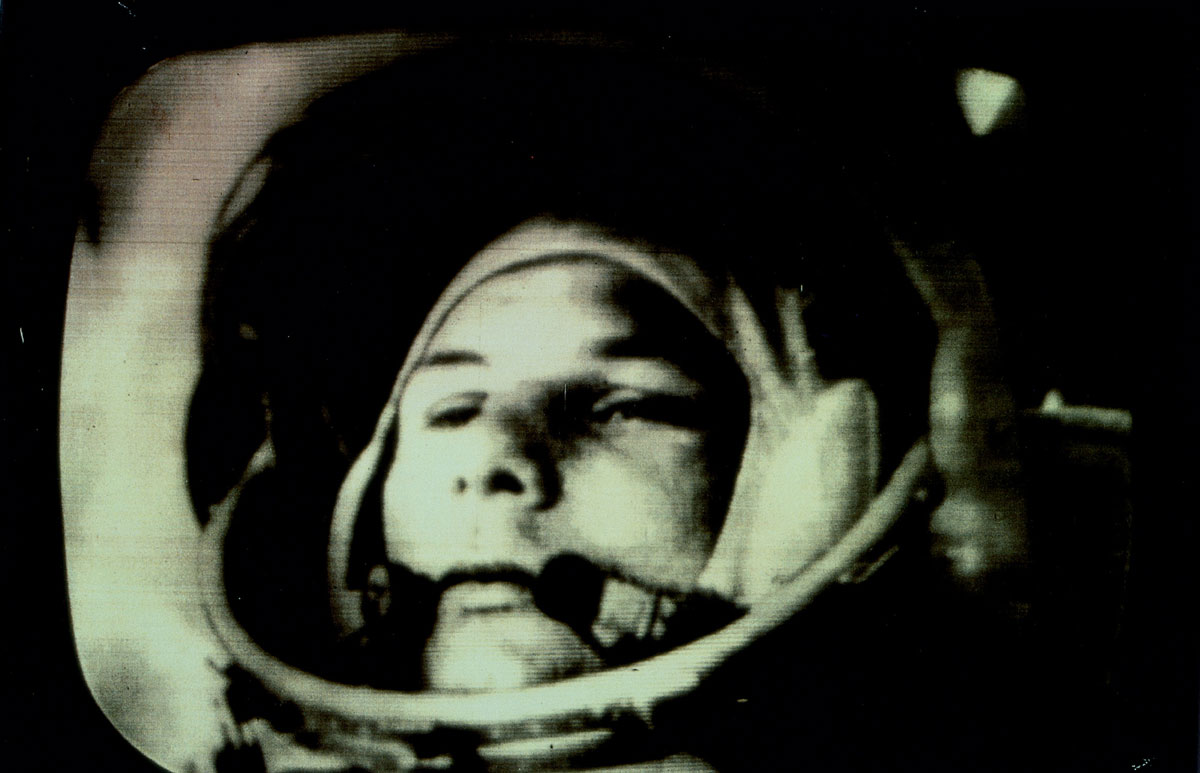
Once again, these ideas build on the thoughts of Tsiolkovsky’s teacher Fyodorov, according to whom we should produce within ourselves an organism which is the “unity of knowledge and practice; this organism’s nourishment is the consciously creative process by which man transforms elementary cosmic substances into mineral, then vegetable, and finally, living tissues. This organism’s organs will be those instruments by which man will act upon those conditions on which vegetable and animal life depend, i.e., farming as a practice through which knowledge of the earth is revealed will become an organ in this organism, one of its accessories. Those aeronautical and etheronautical means by which it will move through space and acquire the cosmic material necessary for its own construction will also become organs. Man will bear within himself the entire history of discoveries, the whole course of progress; in man will be contained physics, chemistry—in a word, all cosmology, only not in the form of thought-images, but in the form of a cosmic apparatus which allows man to become a genuine cosmopolitan.”
The basic block of the space station Mir—the word, meaning both “peace” and “world,” refers to the harmony of the cosmos—was placed in orbit in 1986. During the next 15 years, the modules Kvant, Priroda, Kristall, and Progress docked with the station, making it multi-functional. One hundred cosmonauts and astronauts spent time in this first cosmic home, altogether clocking more than forty years on board the Mir. Cosmonaut Polyakov established the space record for the longest flight on board—438 days. The Mir space complex—which embodied Belyaev’s dream of ”the kind of interplanetary vessel where the circulation of substances would be possible”—survived fires, a collision with the freight vehicle Progress, depressurization, and loss of orientation before being intentionally sunk in the waters of the Pacific in 2001 without incident, belying apocalyptic predictions that the end of the world would follow the destruction of the Mir.
• • •
The future is over. There are three modes of space development today, oriented not to the Past or the Future but to Capital. One mode is commercial tourism, which makes money on satisfying the human desire for extremes. Another belongs to the military industry. As a part of techno-science, the human factor in its development is merely an obstacle as robots come to displace humans. The third mode has turned its face to the earth: tele-space technology, sputniks connecting different electronic digital media. In the 1930s, Vladimir Kuzmitch Zworykin predicted that spaceships would one day have TV cameras and that electronic televisions would be telescopes. In 1931, he invented the first television tube, which he called the iconoscope, as if predicting the quasi-religious ubiquity of TV screens in contemporary culture.
At the start of the 21st century, the cosmos is no longer what it was for most of the 20th century. Once, the cosmos was the arena for a romantic dream about the new man capable of everything. Already by the 1970s, the cosmos had to a great extent become little more than a shooting range for star wars. Today, outer space is saturated with the digitized packets of everyday mass media information. Ideal Cosmos turned out to be simply Capital Space.
Olesya Turkina is senior research fellow at the Department for Contemporary Art at the State Russian Museum in St. Petersburg. She curated the the Russian Pavillion at the 1999 Venice Biennale and is a contributor to Flash Art International. In addition to being a member of the Russian Space Federation, she is the co-editor of the journal Kabinet magazine in St. Petersburg.
Victor Mazin is a psychoanalyst and the founder of Freud’s Dream Museum, St. Petersburg. He is the co-editor of the journal Kabinet in St. Petersburg.